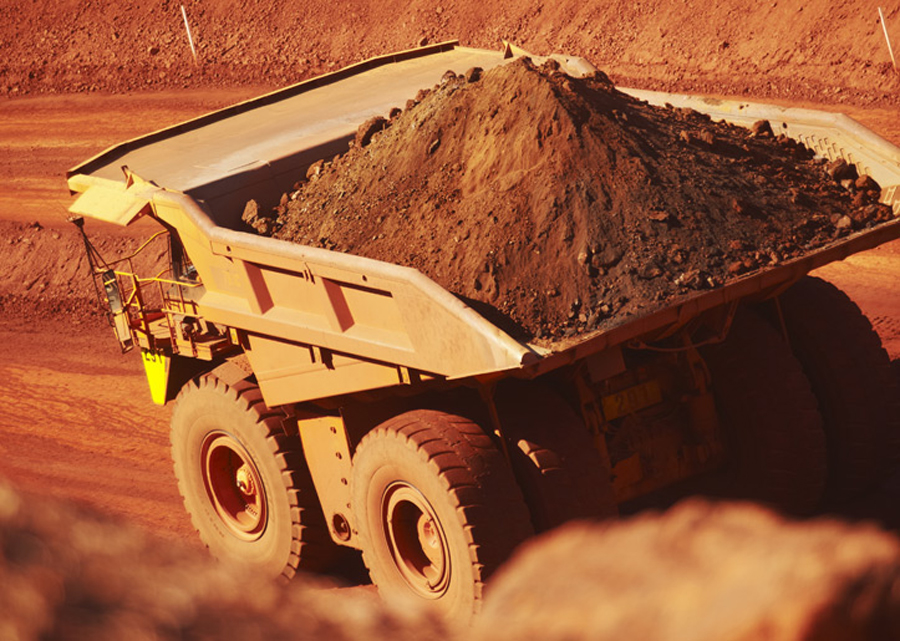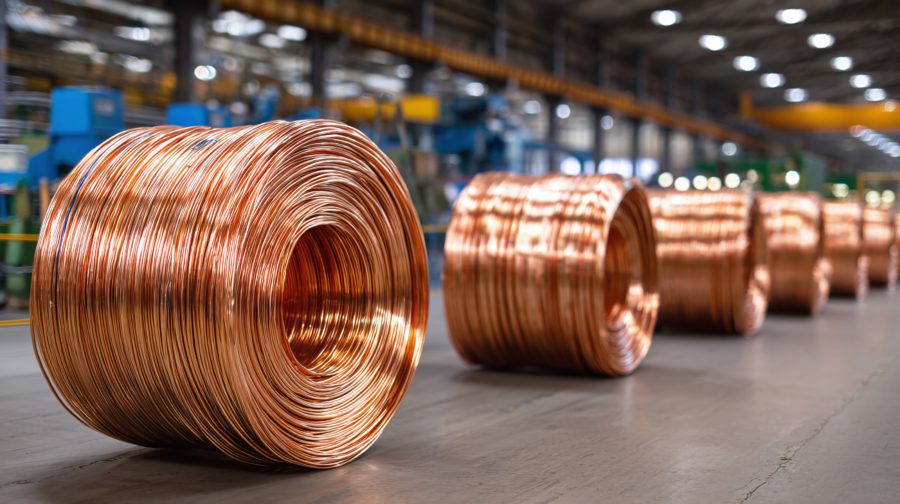One more reason iron ore price won’t stray too far from $120

The benchmark price of iron ore tracked higher again this week and is up more than 10% from lows suffered early March.
According to data from the The Steel Index, the import price of 62% iron ore fines at China’s Tianjin port changed hands for $116.50 per tonne as imports from top consumer China is expected to continue at a record breaking pace.
Chinese steel mills and iron ore traders made the most of soft prices for the commodity in March, ramping up imports 21% to just under 74 million tonnes in March.
First quarter imports are 19% higher than last year and at 222 million tonnes imply an annualized tally of almost 890 million tonnes, compared to 2013’s 820 million tonnes.
China has for years been trying to lessen its dependence on foreign ore, artificially boosting domestic production of iron ore by restricting small blast furnaces’ access to high-quality imports.
Domestic output has grown at an almost as fast a rate as imports to reach some 1.4 billion tonnes last year.
But the bulk of the fines requires a process called sintering before being fed into blast furnaces which adds to the environmental impact and costs.
At the same time domestic supply drives up costs for the country’s steelmakers because the ore is of such a low quality – falling from above 30% to a only 21.5% iron content today.
As a result China’s steelmakers have been substituting domestic supply with so-called “lump” ore from Australian, South African and South American producers that lower costs and cut pollution by reducing the need for sintering.
Premiums for high-quality lump and pellets over fines have reached as much as $17–$18 a tonne and $42 a tonne respectively this year according to Metal Bulletin.
South China Morning Post reports another piece of Beijing’s strategy – a new plan to consolidate the domestic industry under six to eight large miners producing around 30 million tonnes a year – also does not stand much of a chance of success:
“The only way for the new integrated miners to compete against top miners is if they can slash their costs, but I do not expect this can happen,” said a senior official at a medium-sized Chinese miner with an annual output of 2 million to 3 million tonnes.
“Chinese resources require deeper and deeper digging, and grades are falling, meaning both mining and beneficiation [crushing and separating ore] costs are increasing.”
Market watchers have been calling down the price of iron ore to double digits for a long time, but last year the raw material was one of the best performing commodities defying weakness in everything from gold to copper to potash.
Despite the March drop to near 18-month lows, the climb back to around $120 a tonne has been steady.
$120 a tonne has long been considered a price floor for iron ore as many of China’s hundreds of small scale miners quickly become unprofitable at these levels.
That compares to the estimated $45 – $55 a tonne (FOB) costs of Australian, Brazilian and South African miners.
Even if the Chinese industry consolidation happens as planned, competing with these input costs is just too big an ask, meaning that a firm price floor for iron ore should remain in place.
Even if that is below $120.
Image by bluecloudspatial
{{ commodity.name }}
{{ post.title }}
{{ post.date }}




Comments